Dear readers, With the launch of e-newsletter CUHK in Focus, CUHKUPDates has retired and this site will no longer be updated. To stay abreast of the University’s latest news, please go to https://focus.cuhk.edu.hk. Thank you.
Reaching for the Stars
How Savio Fong turned his love for astronomy into a business
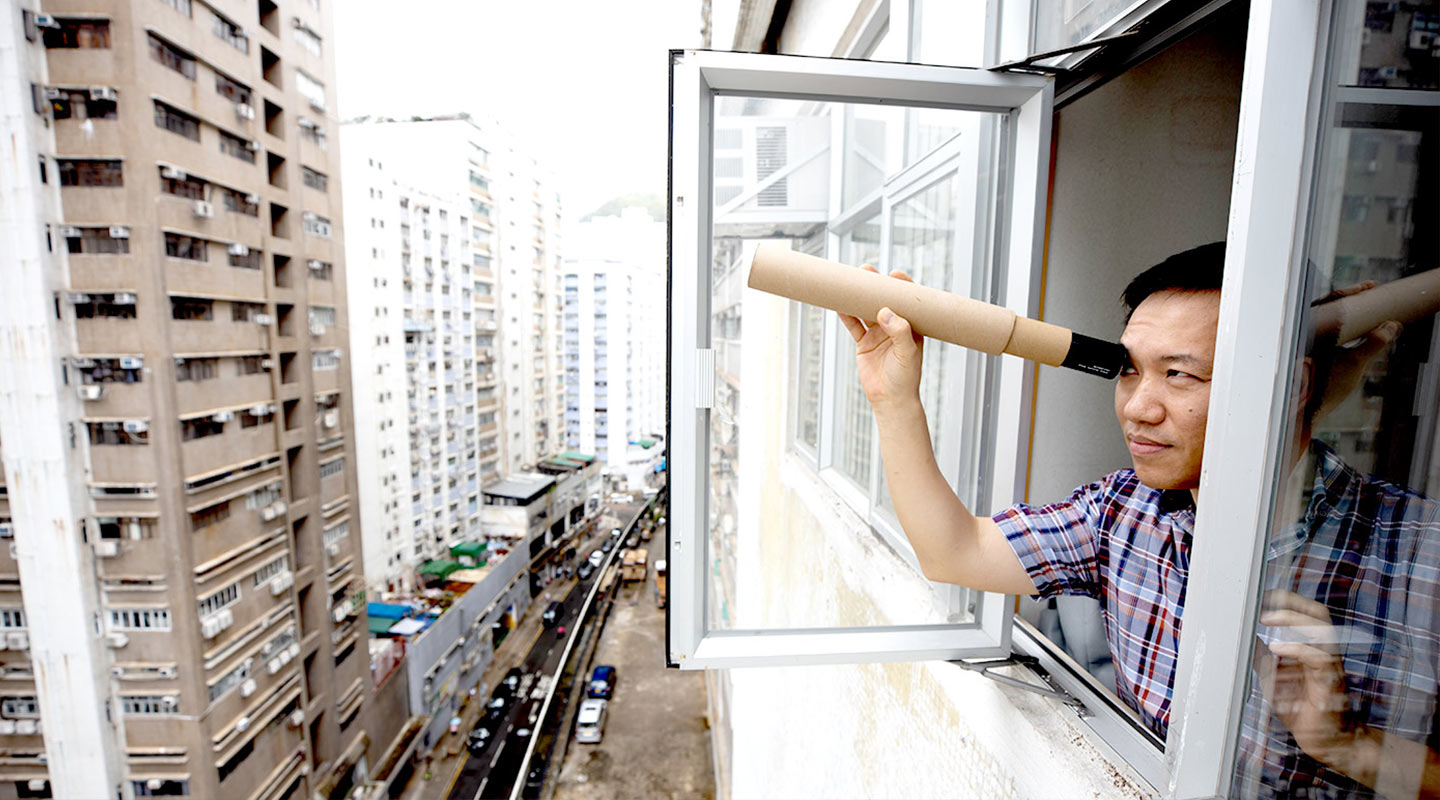
On an average night in Hong Kong, you can barely see more than a dozen stars in the sky. For Savio Fong, he can reminisce back to a bejewelled, shimmering sky of stars during his primary school days in Apleichau, south of Hong Kong Island. He was enthralled by the splendour of the Milky Way. The young Savio could not help but wonder what those twinkling dots were really like and yearned to take a closer look.
Because his working-class parents could not afford to buy him a telescope, Savio made one on his own. He borrowed astronomy books from the library, saved $20 and bought a presbyopic lens and rolled up a piece of cardboard. ‘I could see a bigger moon and bigger stars; I could even see some colours.’ Though he was studying in a technical school, there was an astronomy club, where he learned how to make larger telescopes.
When he discovered the Humanities Building of New Asia College was installed with a two-storey observatory weighing over one tonne, he did not hesitate to enrol at CUHK to major in electronic engineering. It was only after he had paid his tuition fees that someone told him the telescope of the observatory had been destroyed in a typhoon.
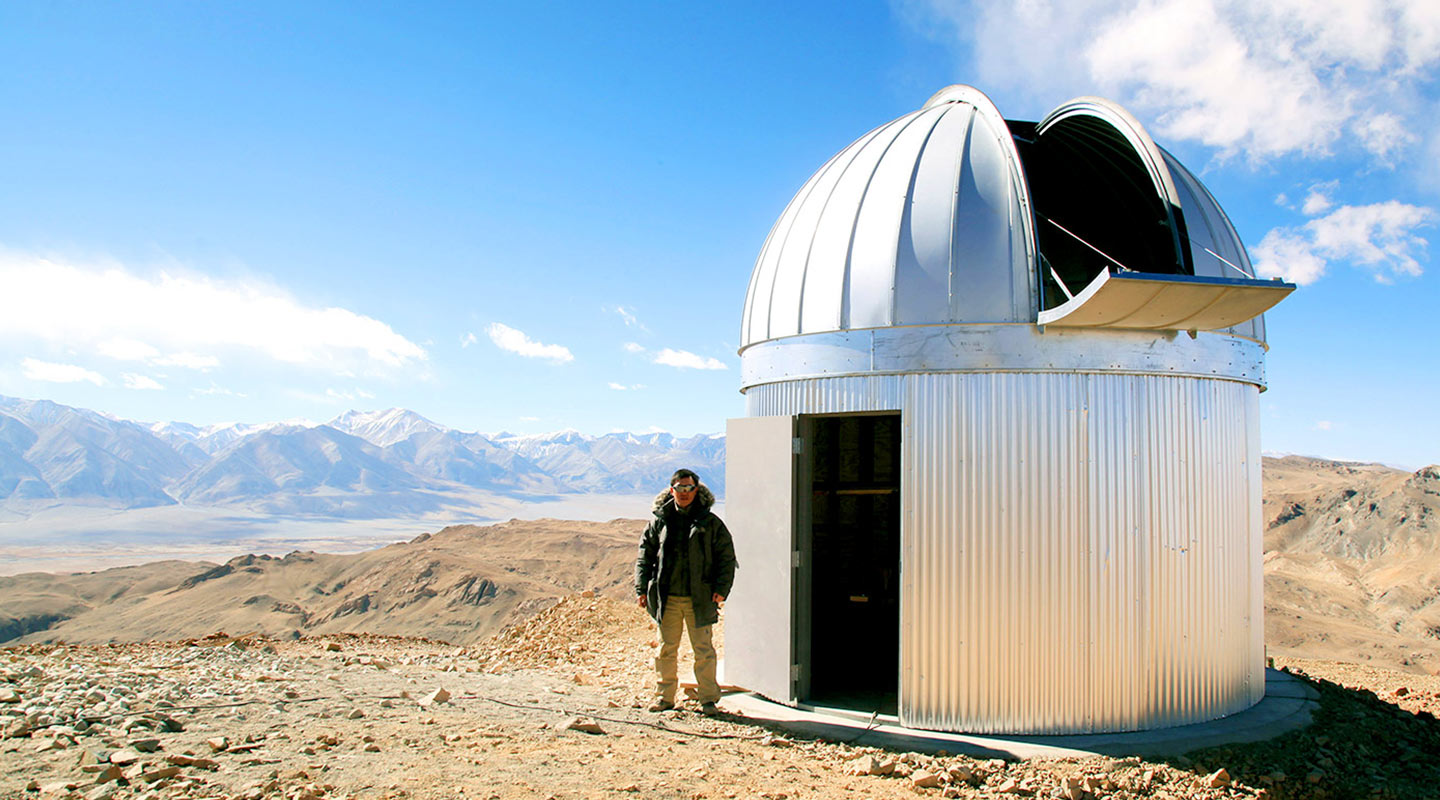
But Savio Fong was not one to give up easily. He begged the College to allow him to fix the observatory. To order parts from the US, he had to work within the time difference between the US and Hong Kong which entailed waking up at 5:00 a.m. to walk to the University train station to make a long-distance call. There was no e-mail in the 1980s, and the to-and-fro of letters between Hong Kong and the US took several weeks. There were no credit cards and payments were made by remittance. When the parts eventually reached him, he single-handedly dismantled and re-installed the observatory with screwdrivers, wrenches, hammers and hand saws. “Although I was affiliated to Shaw College, I am particularly impressed by the words in the New Asia College anthem: 手空空無一物 (which can be translated into ‘bare palms that hold nothing’),” explained Savio.
After graduation, Savio joined Motorola, which then had its Asia-Pacific headquarters in Hong Kong. He said his job was well-paid with generous benefits. He would fly business-class to London for a conference and, upon arrival, a six-foot tall driver would carry his luggage and drive him to a five-star hotel. A 1,000-dollar meal was not uncommon. Seven years later, he told himself, ‘I am 30 years old, and no longer want to work for a company. It’s time to explore the wider world.’ So he quit his job and has since operated the Galaxy Scientific Group on a full-time basis.
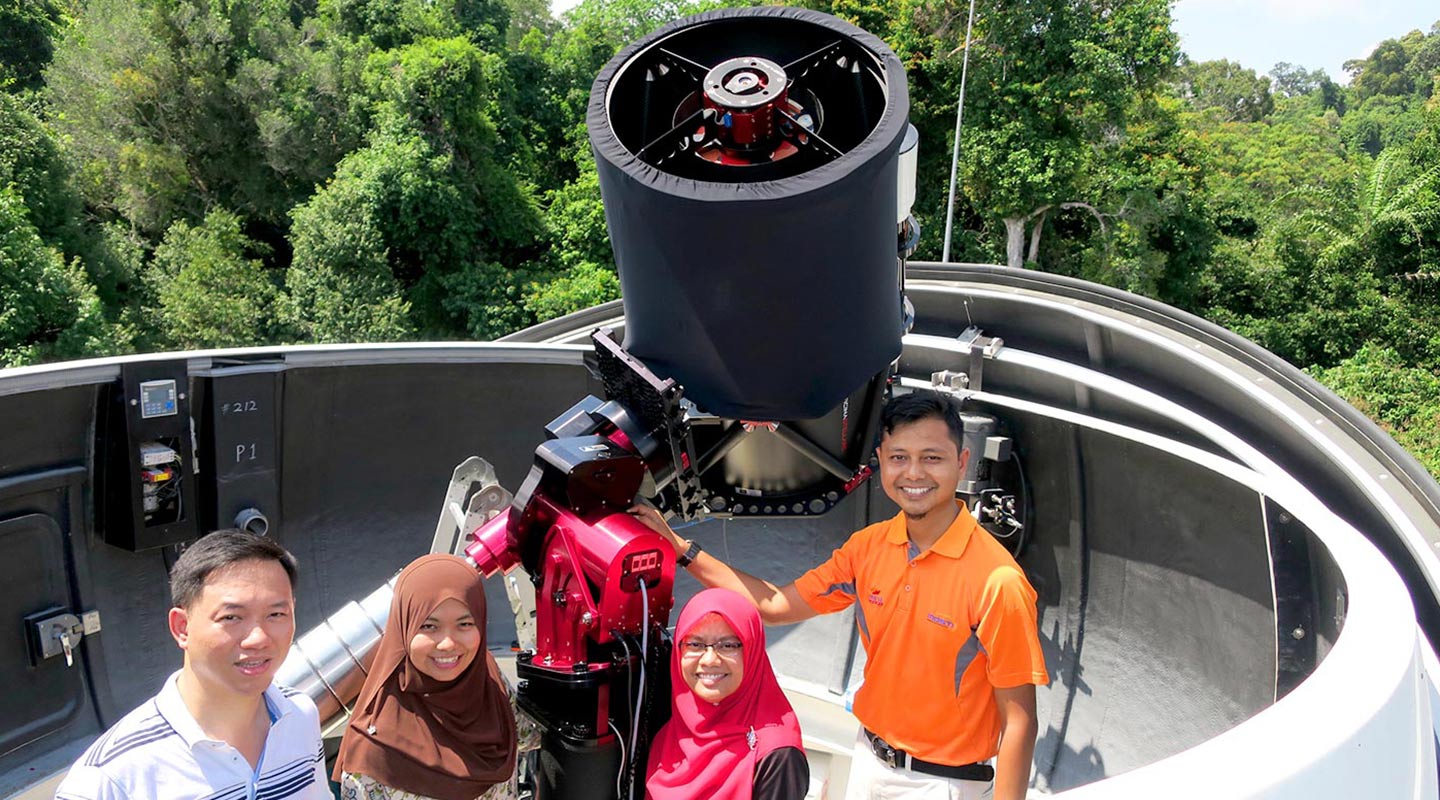
At first, the Group’s main business was to hold astronomy activities for secondary and primary school students. It also helped schools and other organizations to construct observatories. In 2009, Savio got invited to build an observatory in Ngari Prefecture in Tibet. He agreed immediately without even knowing the precise location.
It was not until Savio arrived in Tibet that he realized he had to drive two days to get to the site for the observatory, which was located over 5,000 m above sea level, as ‘the best location for astronomical observations is usually the worst location for human habitation.’ The water for mixing concrete had to be transported from tens of kilometres away and carried up the mountain; they had to rely on a generator for power supply. Construction stalled during windstorms, and temperatures dropped to -40 or -50 °C . The water in the flask was often frozen. Nonetheless, construction of the observatory was finally completed a year later.
This project made the name for the Galaxy Scientific Group, which was soon contracted to construct telescopes for national observatories, including the Langkawi National Observatory in Malaysia, the Indonesia Space Agency LAPAN, and the Purple Mountain Observatory of the Chinese Academy of Sciences.
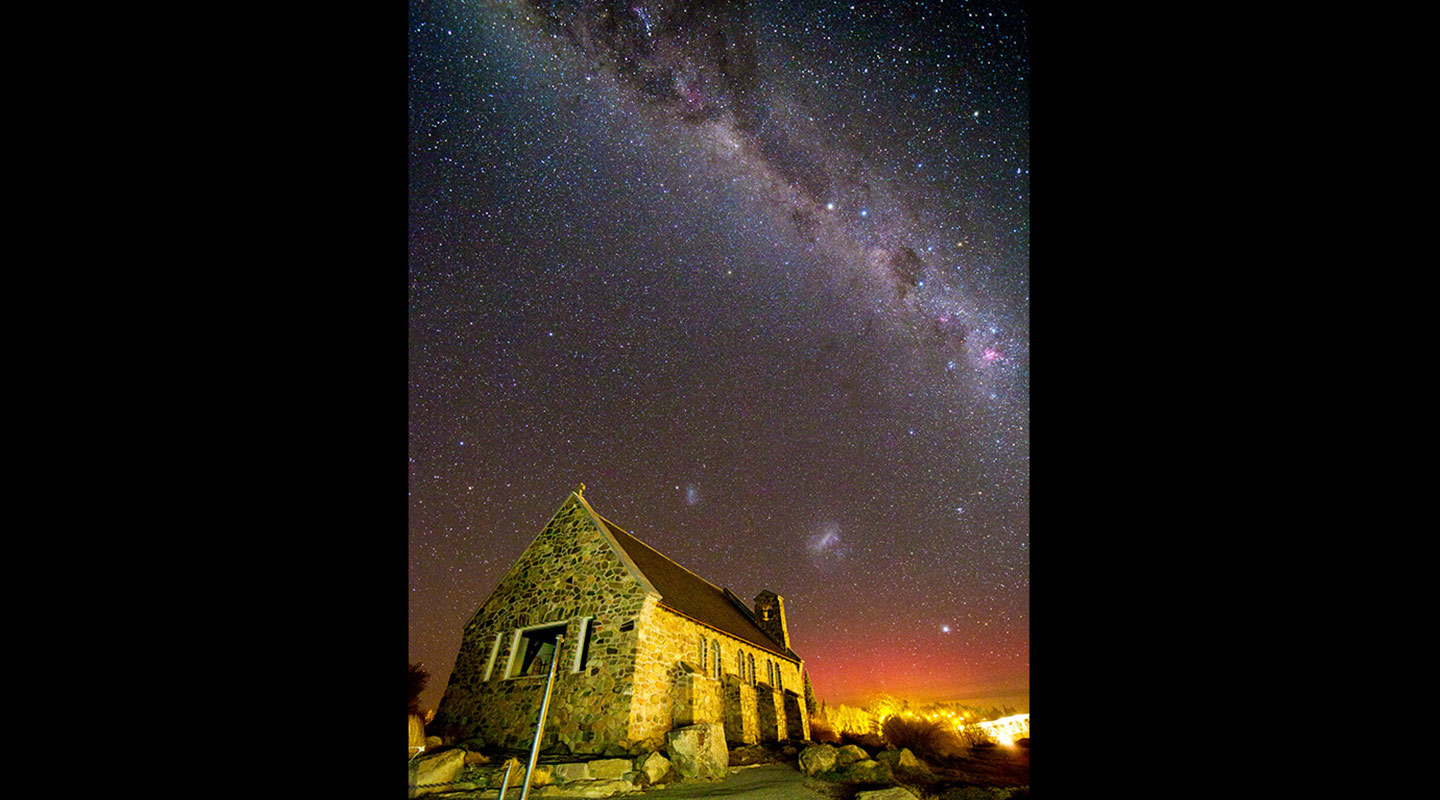
His company’s flourishing business did not prevent Savio from promoting astronomy education in Hong Kong. He designed astronomy courses for primary and secondary school children, taking them to Sai Kung in Hong Kong, Alishan in Taiwan, New Zealand, and the US for astronomical observations.
To Savio, the biggest reward from astronomy is to learn to solve problems efficiently and procedurally in a real-world setting. ‘Astronomy is about the natural world. We cannot tell the rain to stop or the clouds to disperse. When we do astronomical observations in Hong Kong, 2 or 3 times out of 10 we would be unsuccessful, 3 to 5 times we would do more or less satisfactorily, and 2 or 3 times we would do very well. But every time we must be fully prepared to increase the possibility of success. The rest is left to destiny.’
When Savio first set up his business, his objective was to ‘appreciate the universe and understand life’. Twenty years of experience has taught him that gain and loss are two sides of the same coin. ‘If I had seen things in money terms, I would not have taken on the Tibet project and many school activities. Gain or loss does not hinge on a single incident. An incident that looks like a bad deal may lead to something rewarding. Life is a succession of losses and gains. It’s not advisable to feel too strongly about things; just try your best to do what you at present believe is the right thing to do.’
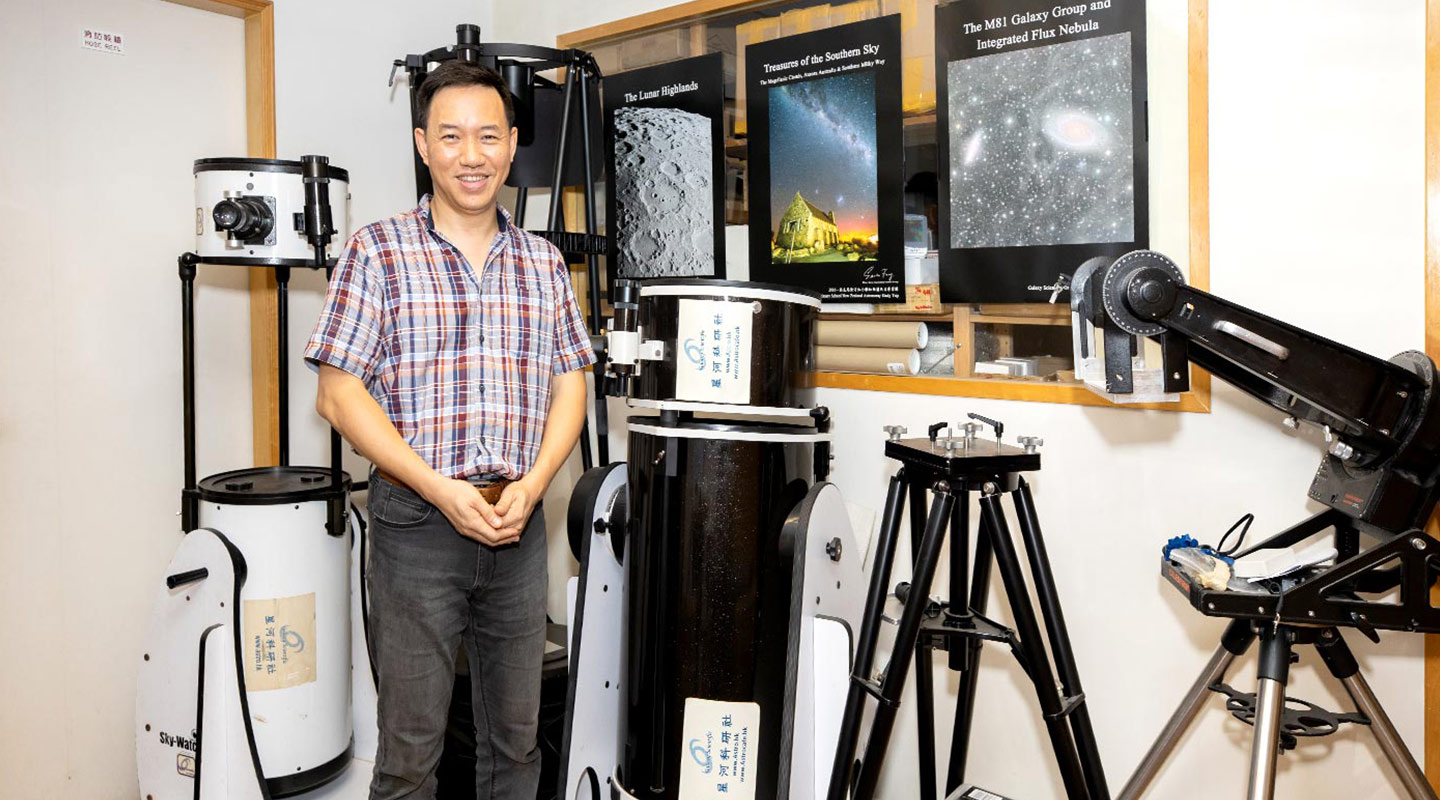
Reported by Christine N., ISO
Photos by Eric Sin
This article was originally published on CUHK Homepage in Aug 2019.